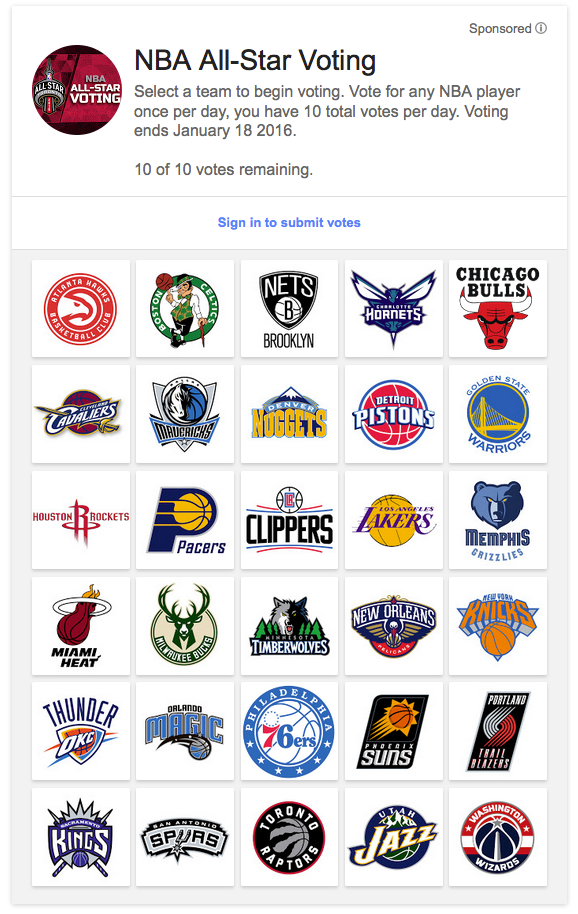MLB and Match.com Team Up
Listen, I am not — even for a minute — saying that I possess even a modicum of business acumen. In fact, I think it would be safe to say that pretty much everything I know about business comes from 30 Rock’s Jack Donaghy. I do not possess an MBA, and I have a fairly weak handshake. With that all said, the announced partnership between MLB and Match.com could make a lot of sense. However, this does not negate the fact that it all seems very silly.
People give the dating app Tinder a good deal of guff due to the perception that it is a platform merely for people looking to rub against each other in some sort of way. And while that facet of the service certainly exists, Tinder leverages an easily-trackable and simple trait for every user — proximity. When you match up with someone, you know, for a fact, that you already have something in common. This may seem oversimplified — and maybe it is — but it’s part of Tinder’s core appeal.*
*–yes, there are also photos involved, but that is included in nearly all dating services.
Services like Match and OKCupid also leverage common interests, no doubt, but they are not as instantaneous. Match is now looking to tap into that instant-match process by using baseball fandom as a variable. Using the new “Singles” (can you hear my eye rolls through the Internet?) platform, fans can combine their Match.com profiles with their team allegiances. People can search Match for others who have also designated a favorite MLB team, and, 29 team-specific portals will also be available for people to match themselves with others who also root for the same team. I really want to know which MLB team was the holdout.
Is this platform totally pointless? Probably not. Will it make these businesses money? I have no idea — see paragraph one. However, it points to a continuing trend from MLB that shows a disconnect between what MLB thinks women want and, well, reality. Hey guys! Tired of meeting women who *gasp* don’t like baseball?! Do we have the site for you! Ladies! Wanna show all the dudes out there that you are totally down to hang in a ballpark and might even eat a hot dog? Sign up below! From Match’s web site:
With over a quarter of Match members identifying as baseball fans, now’s the time to make a connection with another single fan online. Connecting over a shared passion like America’s favorite pastime is the best way to break the ice, so visit www.match.com/mlb to start your search today!
In the interest of fairness, I haven’t dated in a while. And based on what I hear from single friends, it can indeed be rough out there. But predicating a relationship based on the fact that two people like the same baseball team seems shaky at best. Plus (and I hate writing this as much as you hat reading it), sports are different. There are varying degrees of fandom, to put it lightly. A guy can check a box because he likes going to a game every now and then, where a woman who watches every game and can recite the rosters of every historic team might check that same box. There’s no sliding scale here, it’s a binary response. This can happen with other subjects as well, certainly, but there are no Match.com portals for fans of Hemingway or the movie Top Gun. Match and MLB are trying to pair people together with the help of one variable that can fluctuate immensely. It probably isn’t a recipe for disaster, but it most likely isn’t one for success either.
Who knows? Maybe this will lead to some deep and meaningful relationships. Who am I to tell people how they should look for love? But on the surface, the whole situation seems pretty phony. I mostly am worried about St. Louis fans living in Chicago and vice versa. I don’t see a whole lot of room for romance there, but it might give @BestFansStLouis some good fodder.

